Review: J 29F "Fliegende Tonne", Pilot Replicas, 1/48
This article is part of a series:
While having some momentum I thought I´d give you the second review of Pilot Replicas J 29 in 1/48.
This second boxing of Pilot Replicas´ J 29F in 1/48 scale comes strictly with Austrian markings. “Fliegende Tonne” simply means “Flying barrel”; it is easy to get the old Germanic heritage as it used to be called “Flygande tunnan” in Swedish.
The box itself
This is second generation card board box, a bit sturdier construction. Great top opening flip lid with a very exclusive feel to it.
So, what comes in the box? Not much new under the sun really, it is still your basic J 29F, but with an extra PE-fret with a couple of Austria-specific antennas, and of course decals for three individual aircraft are included.
Sprues
For the sake of it I will include the original photos of the plastic sprues. This way you do not have to navigate to other pages for a full description.
As can be seen on the photos there are only eight sprues of parts, including clear parts and a small etched fret for cockpit details (wow, even three rear view mirrors are included!) and an extra for antennas. Somehow I get a feeling the model is as simple as the actual aircraft itself. Smart construction and break down of main parts should make this a quick build. The plastic is somewhere between shiny and satin, not really polished. This is no disadvantage as the J 29 had a slightly greyish appearance and not a shiny polished aluminium look to it. The J 29F fuselage is in four pieces, a given as the later boxings will be of the B and C models. These had a slightly different aft section due to lack of afterburner. The dedicated photo reconnaissance version, S 29C, had camera bulges and openings on each side of the front gear, thus there are some panels to add on this fighter boxing. I have found a very few pin marks but they should be easy to scrape away or ignore as they are likely on unseen surfaces. All the little rivet, fasteners and other details are looking like the real thing and a bit of a wash should make these pop on the model.
Although SAAB tried to sell the aircraft to other nations, no other customers took the bait. In 1961, Austria purchased 15 aircraft in batch number one, and another 15 aircraft in a second batch a year later. The Austrian Luftstreikräfte put good use of the J 29 protecting the borders until it was withdrawn from duty in 1972.
From this first encounter with SAAB aircraft, Austria have also bought and operated the SAAB 91 Safir, SAAB 105 and SAAB 35 Draken.
Instructions
Same easy-to-follow instructions as the original boxing. As this is a fairly simple kit there are only 19 official steps to construct the model, plus an extra if you want to add the PE antennas. Most of us have our own particular way to deal with a kit, though. The construction is well laid out on three pages plus an introduction to the original on the first page. Paper is glossy and images are computer generated renderings. Painting is called out in actual colour plus codes for Tamiya, Humbrol, Vallejo and Federal standard.
Under wing stores
If one wants to add extra tanks in order to spice up another NMF model, it seems like Austria only flew with the larger Type 2 tanks, and the horizontal/ventral fins were always on. PR makes these, and others, and they can be purchased from your usual Swedish model aircraft supplier.
Camera pack
It should be mentioned that a hybrid version is also possible to do if one manages to convert the model, using Maestro´s recce insert intended for AZ´s J 29. Just a slight adjustment is needed if I got it right as I have not done it myself yet. The 2nd JaBo used this Swedish made camera pack exclusively, many times flying in pairs or groups with aircraft from 1st JaBo. It was possible to change from cannons only to cannons/cameras in 30 minutes. The pack was made by MFI, Malmö Flygindustri, and contained three Vinten cameras: one facing forward and two sideways. The two facing sideways could be oriented left oblique or vertical. The pack was made of glass fibre and should be painted with a greenish tint, not aluminium.
A bit of information regarding the Austrian J 29s can be found here https://www.gotech.at/saab_j29f_tunnan.htm. This site contains facts of all Austrian Barrels.
Painting and decalling instructions
The model comes with instructions for painting and decalling of three individual aircraft, not as different as the first boxing but with a bit of colour indeed. First page of two are positions for general markings like "don´t, please, blah blah here", national roundels and placement of day glow panels. Second page is for all three individuals.
Yellow F/1st JaBo: #29449, former SwAF F6-yellow G/F15-red A. It started its life as a B-model, then upgraded to E (new dog-tooth wing) and finally as an F (dog-tooth wing and afterburner). Interestingly this individual was involved in the same incident as red E, October 20, 1964. Due to a navigational error they ended up in Czechoslovakia, short on fuel. While red E flipped over while landing, yellow F did a bit better, just, as both planes were write-offs. Both planes were returned to Austria.
The red and yellow letter F was not used while active but is a homage to the two JaBos using the J 29. The aircraft is now residing in the Luftfhartmuseum at Zeltweg, Austria, marked with this bi-colour code. As it stands in the museum it does not have the dayglow panels on the wing tips, as far as I can see. Dayglow can be seen on fin and stabilizer, though. Did it get the wings replaced before ending up at the museum? Also, the museum aircraft does not have the towel rack antenna nor blade antenna under the nose…on most photos. It seems like it has the blade antenna on some photos. On the other hand, it can be seen with or without under wing storages. So, check your references and stay with a time frame. As a museum aircraft it has probably have had more lives than a cat.
Yellow M/1st JaBo: #29443, former SwAF F6-blue L/F15-blue H. Started life as a B-model, upgraded to E- and F-standard before being shipped to Austria in the first batch. Yellow M was involved in the first Tunnan accident when it belly landed on October 15, 1962. After its service life it was mounted on a pylon as a gate guard at Linz airport. The retired aircraft is wearing the wreath to celebrate 700 flight hours, in the kit it says 600. Jörgensen's book contains photos of both red M and yellow M, these have the 700 flight-hour marking and day glow panels. Late in my research for this text I also have found photos of yellow M (and others) wearing the decal included in the PR box, so this is fully correct, phew! Life as a amateur historian is a life near heart attack every day.
Red E/2nd JaBo: #29559, former SwAF F7-red G/F15-red R/F10-blue J. Started life as a B-model, upgraded to E- and F-standard before being shipped to Austria in the second batch. This individual was involved in the same mishap as yellow F in October 1964. This was before (?) the upgrade of avionics so it should probably not have the extra antennas mounted. Jörgensen´s book notes that the avionics upgrade took place in 1964-65. The year 1966 is mentioned in the instructions. Possibly the upgrade took place due to the navigational error in Austria´s confined air space and they should thus not have the antennas.
There is a nice colour photo of lots of J 29s undergoing maintenance. I can spot yellow F, having day glow panels, and a whole heap of aircraft from both 1st and 2nd JaBos. Some having dayglow, others don´t. So, this can be a veritable quagmire to sort out. Red E is having day glow panels on side views on box, these are missing on the instruction sheet, rightly so?
There is a colour photo of red E being equipped with the Vinten camera pack, no day glow panels, no extra antennas and extra tanks with all fins attached. Case closed…at least for a specific period in its service.
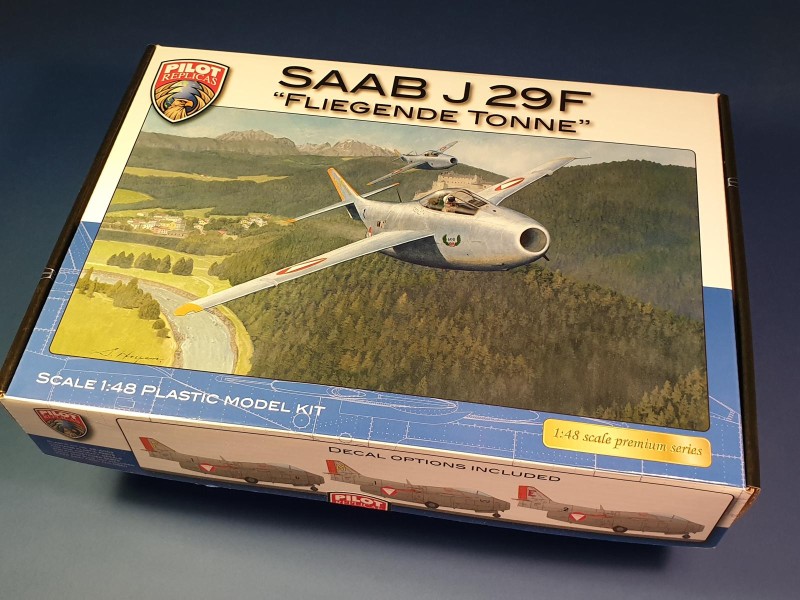
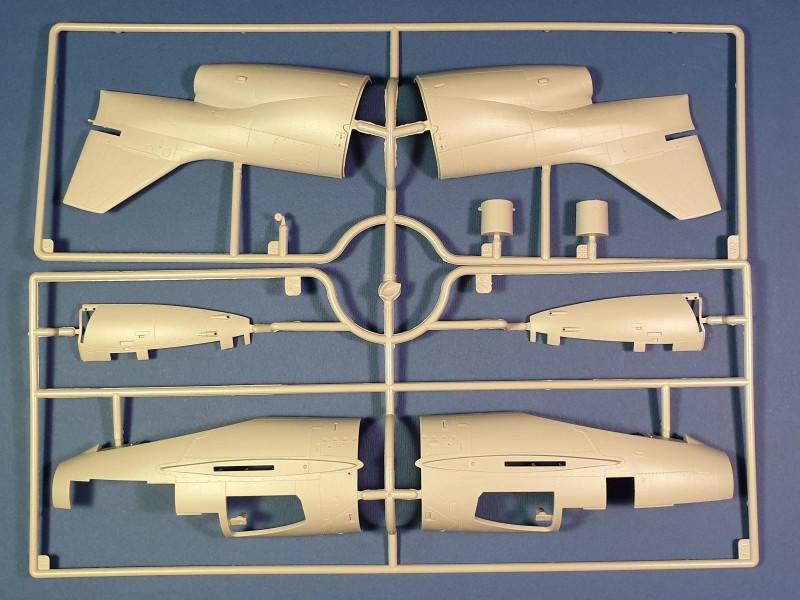
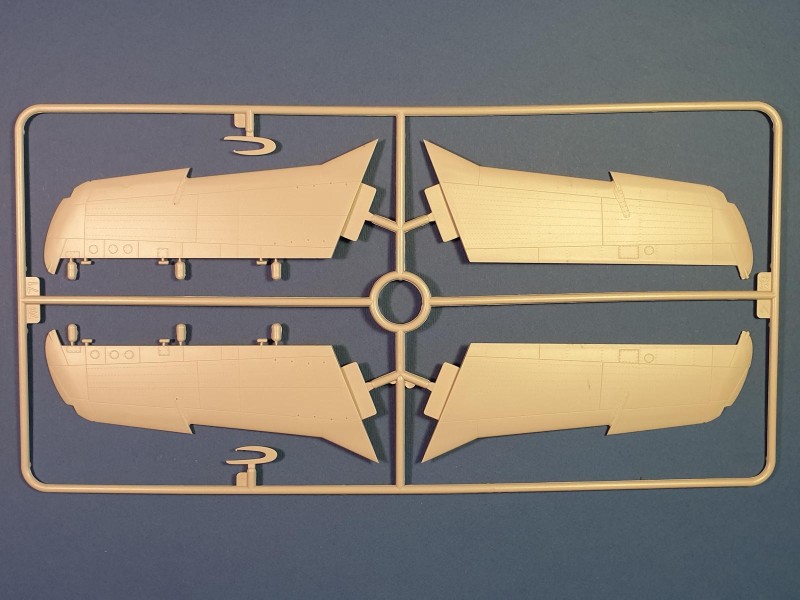
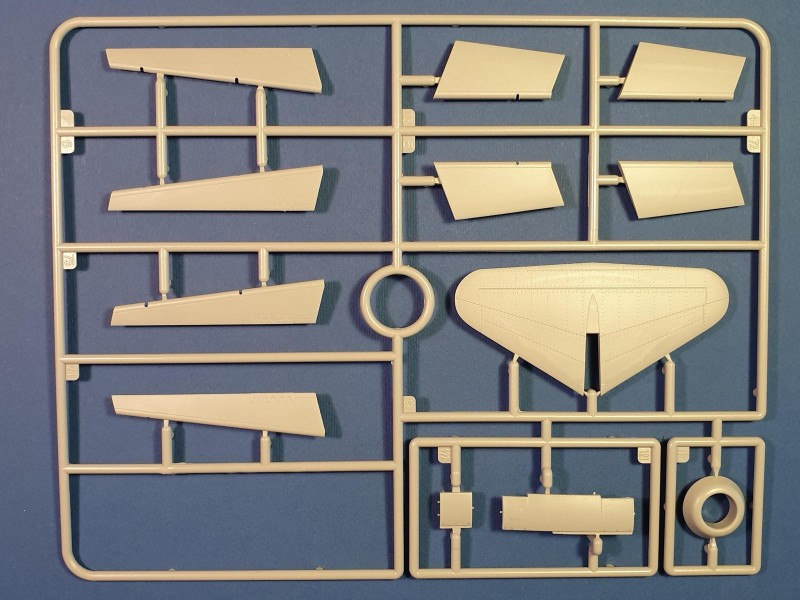
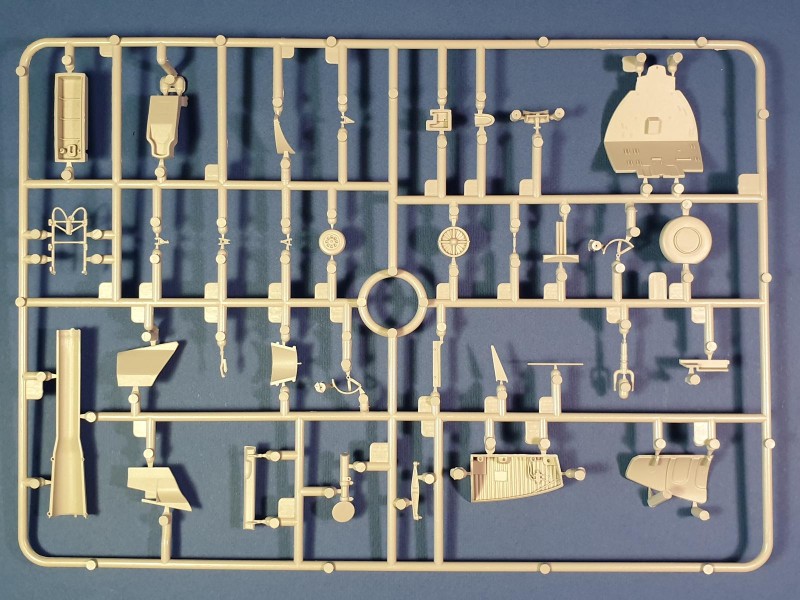
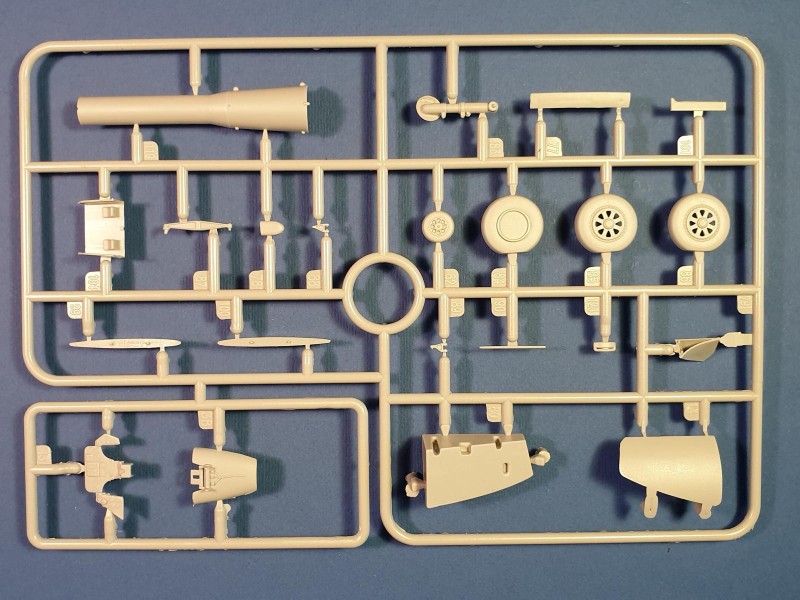
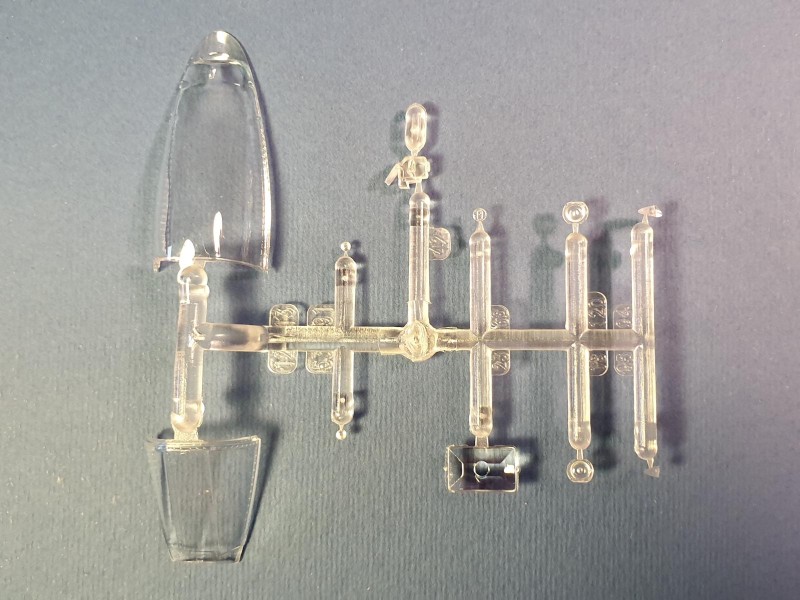

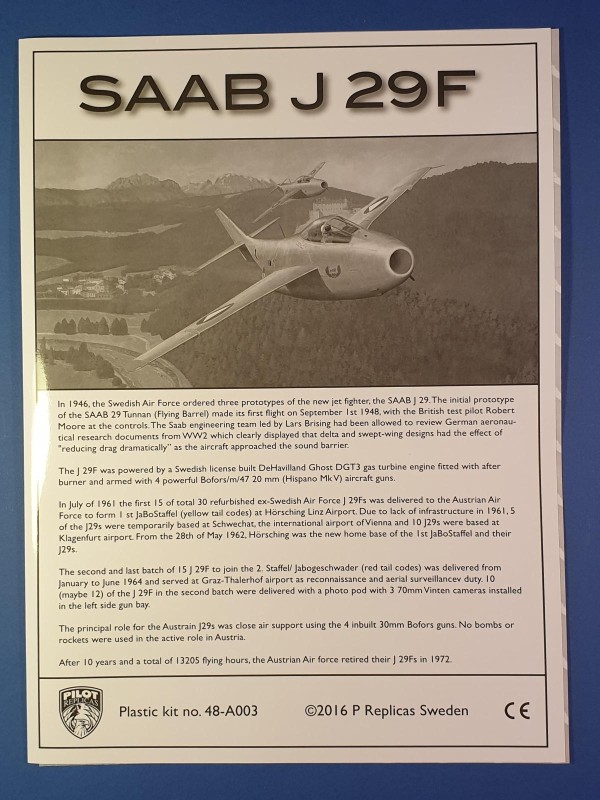
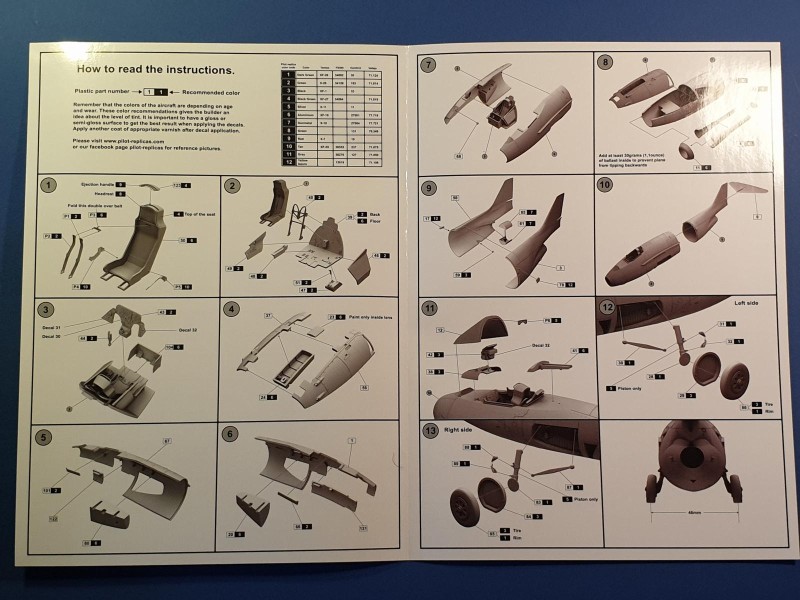

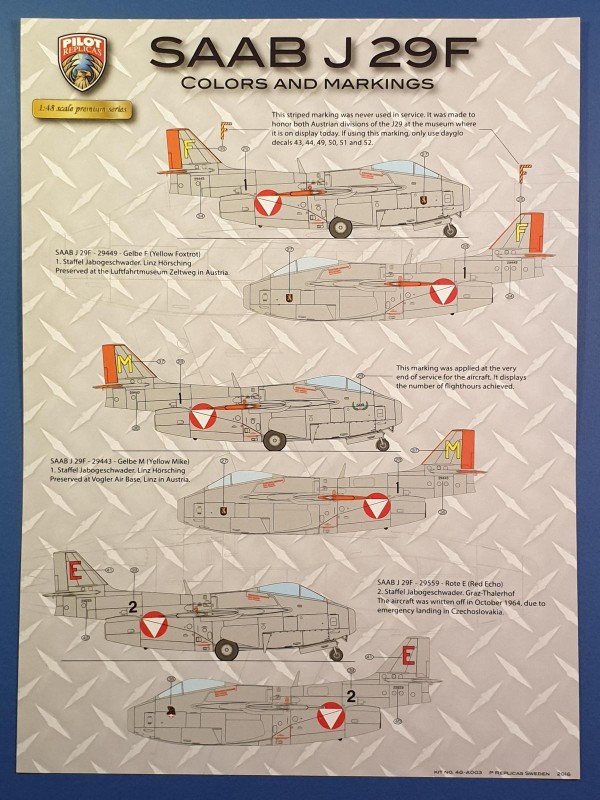
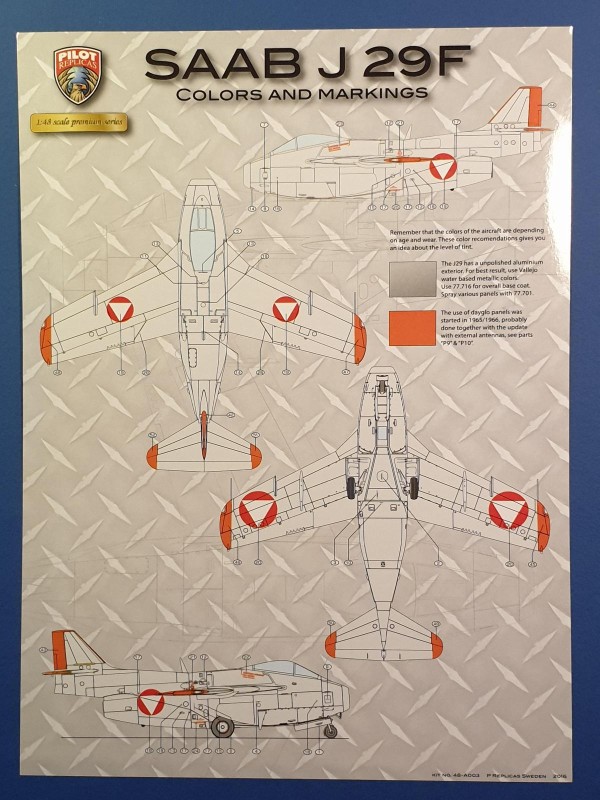
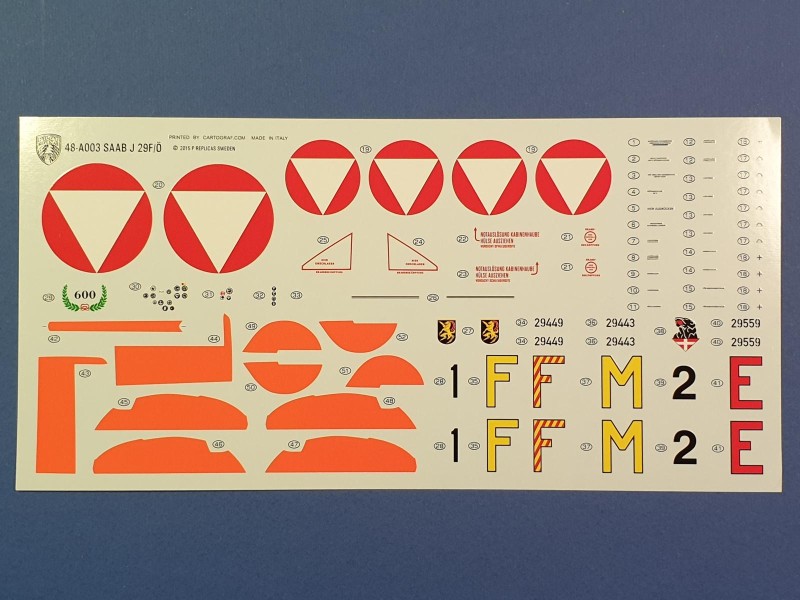
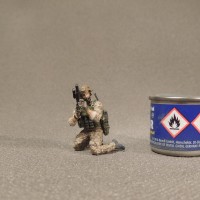
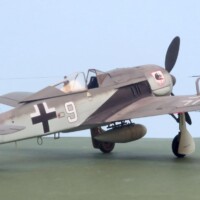
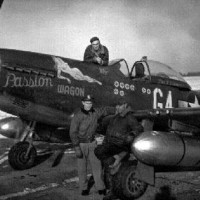
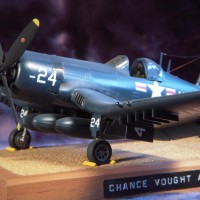
Also looking an extremely comprehensive kit, Stellan.
Super review!
Thanks for sharing!
You are welcome, Spiros!
This kit looks nice as well, Stellan @stellan
Thanks for looking into this kit and share it with us.
Happy to oblige, John.
Again: has PR come back to life to release this? I ask because if you go to EvilBay, the prices start at around $100 for the earlier kit.
No, Tom. Again, they have never been gone, just very busy. A couple of weeks ago the J 29B #48004 was released, and some smaller products like a very detailed engine for the J 21, tow bar, exhausts, extra tanks etc. has also come on the market. More about this later.
This is an old kit #48003, second to be released after the Swedish air force J 29 #48002. The J 29 kits can be purchased new for 599 SEK (around 64 USD depending on exchange rate) here in Sweden. Rebell Hobby, Alfa Hobby, Hobbybokhandeln and Pilot Replicas all got them for sale.
Thanks!
You are welcome 🙂